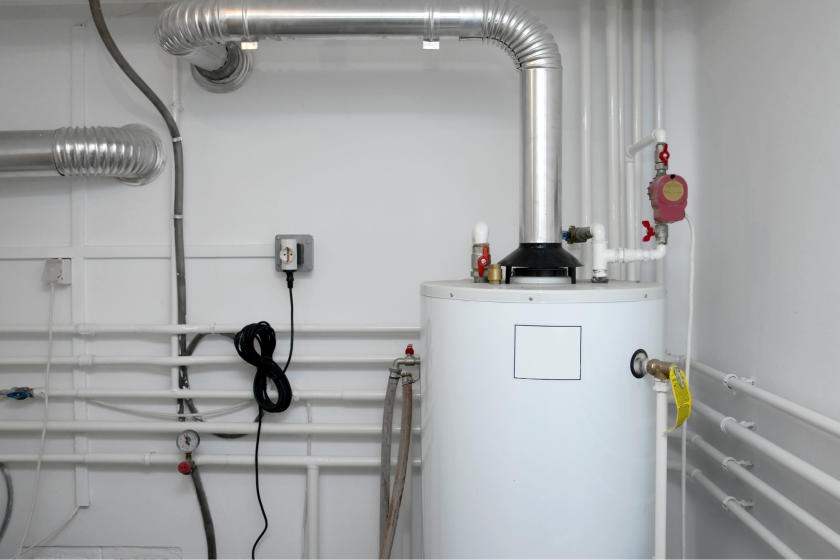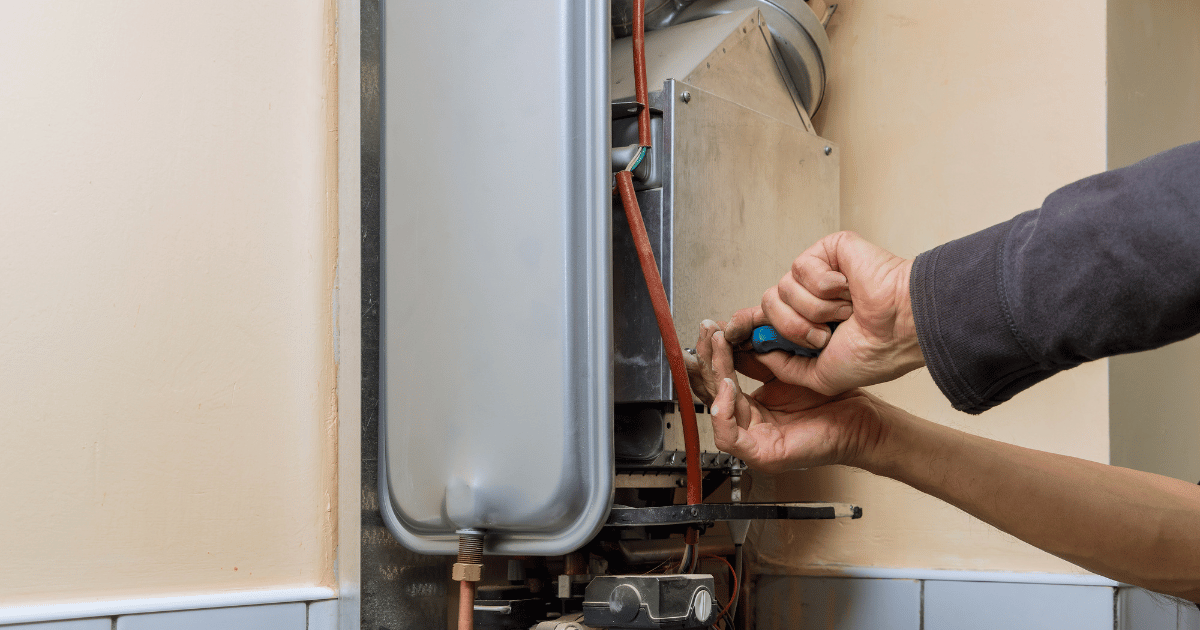Steps to Successfully Maintain Your Home's Hot Water SystemSteps to Prolong the Life of Your Home's Hot Water System Through Maintenance
Steps to Successfully Maintain Your Home's Hot Water SystemSteps to Prolong the Life of Your Home's Hot Water System Through Maintenance
Blog Article
Listed here further down you will discover a bunch of brilliant content when it comes to What Kind of Maintenance Do Water Heaters Need?.

Hot water is essential for daily convenience, whether it's for a rejuvenating shower or washing dishes. To guarantee your hot water system runs efficiently and lasts much longer, routine maintenance is vital. This short article gives sensible ideas and insights on how to preserve your home's hot water system to avoid disruptions and pricey repair work.
Introduction
Keeping your home's hot water system might appear difficult, yet with a few simple actions, you can guarantee it operates smoothly for many years to come. This overview covers whatever from comprehending your warm water system to DIY upkeep suggestions and knowing when to employ expert aid.
Value of Maintaining Your Warm Water System
Regular upkeep not just extends the life-span of your hot water system yet likewise guarantees it runs effectively. Disregarding maintenance can lead to reduced performance, higher power bills, and also early failure of the system.
Indications Your Warm Water System Requirements Maintenance
Recognizing when your hot water system requires focus can avoid significant issues. Watch out for signs such as inconsistent water temperature level, unusual sounds from the heater, or rustic water.
Recognizing Your Hot Water System
Before diving into upkeep tasks, it's valuable to understand the basic parts of your hot water system. Normally, this includes the water heater itself, pipelines, anode rods, and temperature level controls.
Regular Monthly Upkeep Tasks
Regular month-to-month checks can help catch small problems prior to they escalate.
Purging the Water Heater
Flushing your hot water heater removes sediment build-up, enhancing performance and lengthening its life.
Checking and Replacing Anode Rods
Anode poles avoid deterioration inside the tank. Inspecting and replacing them when broken is crucial.
Examining and Changing Temperature Settings
Adjusting the temperature setups makes sure optimum efficiency and safety and security.
DIY Tips for Maintenance
You can carry out numerous upkeep tasks yourself to keep your warm water system in leading problem.
Checking for Leaks
Consistently check pipes and connections for leaks, as these can lead to water damages and greater bills.
Examining Stress Alleviation Valves
Evaluating the pressure relief valve guarantees it works correctly and prevents too much stress build-up.
Shielding Pipes
Insulating warm water pipelines minimizes warm loss and can save power.
When to Call a Specialist
While DIY maintenance is beneficial, some concerns need expert know-how.
Facility Problems Needing Specialist Aid
Instances consist of major leakages, electric issues, or if your water heater is regularly underperforming.
Routine Professional Upkeep Perks
Expert maintenance can include thorough assessments, tune-ups, and ensuring conformity with safety and security standards.
Conclusion
Routine maintenance of your home's warm water system is vital for efficiency, longevity, and expense savings. By complying with these suggestions and knowing when to look for expert assistance, you can ensure a trustworthy supply of hot water without unexpected disturbances.
How to Maintain an Instant Hot Water Heater
Before tinkering with your hot water heater, make sure that it’s not powered on. You also have to turn off the main circuit breaker and shut off the main gas line to prevent accidents. Also turn off the water valves connected to your unit to prevent water from flowing into and out of the appliance. 2. When you’re done, you have to detach the purge valves’ caps. These look like the letter “T” and are situated on either side of the water valves. Doing so will release any pressure that has accumulated inside the valves while at the same time avoid hot water from shooting out and burning your skin. 3. When the purge valves’ caps are removed, you have to connect your hosing lines to the valves. Your unit should have come with three hoses but if it didn’t, you can purchase these things from any hardware or home repair shops. You can also get them from retail stores that sell water heating systems. Read the user’s manual and follow it to complete this task properly. When the hosing lines are connected, open the purge port’s valves. 4. You should never use harsh chemical cleaners or solutions when cleaning your unit. Make use of white vinegar instead. It should be undiluted and you’ll probably use about 2 gallons. 5. Now flush your water heater. This task should probably take about 40 minutes. We can’t give you specific directions for this because the procedure is carried out depending on the type, model and brand of your heater. With that being said, refer to the user’s manual. 6. When you’re done draining the unit, you have to turn off the purge port valves again. Remove the hosing lines that you earlier installed on each of the water valves. Put the valve caps (purge port) back in their respective places and be very careful so as not to damage the rubber discs that are found inside these caps. 7. Now that everything’s back in place, check your user’s manual again to find out how to reactivate your water heating system. 8. Once it is working, turn one of your hot water faucets on just to let air pass through the heater’s water supply pipes. Leave the tap on until water flows smoothly out of it. https://www.orrplumbing.com/blog/2014/september/how-to-maintain-an-instant-hot-water-heater/

I ran across that review on How to Maintain a Hot Water Heater in a Few Simple Steps when scouting around the search engines. Are you aware of anybody else who is occupied with the niche? Feel free to share it. Thanks a lot for your time. Kindly pay a visit to our website back soon.
Services Report this page